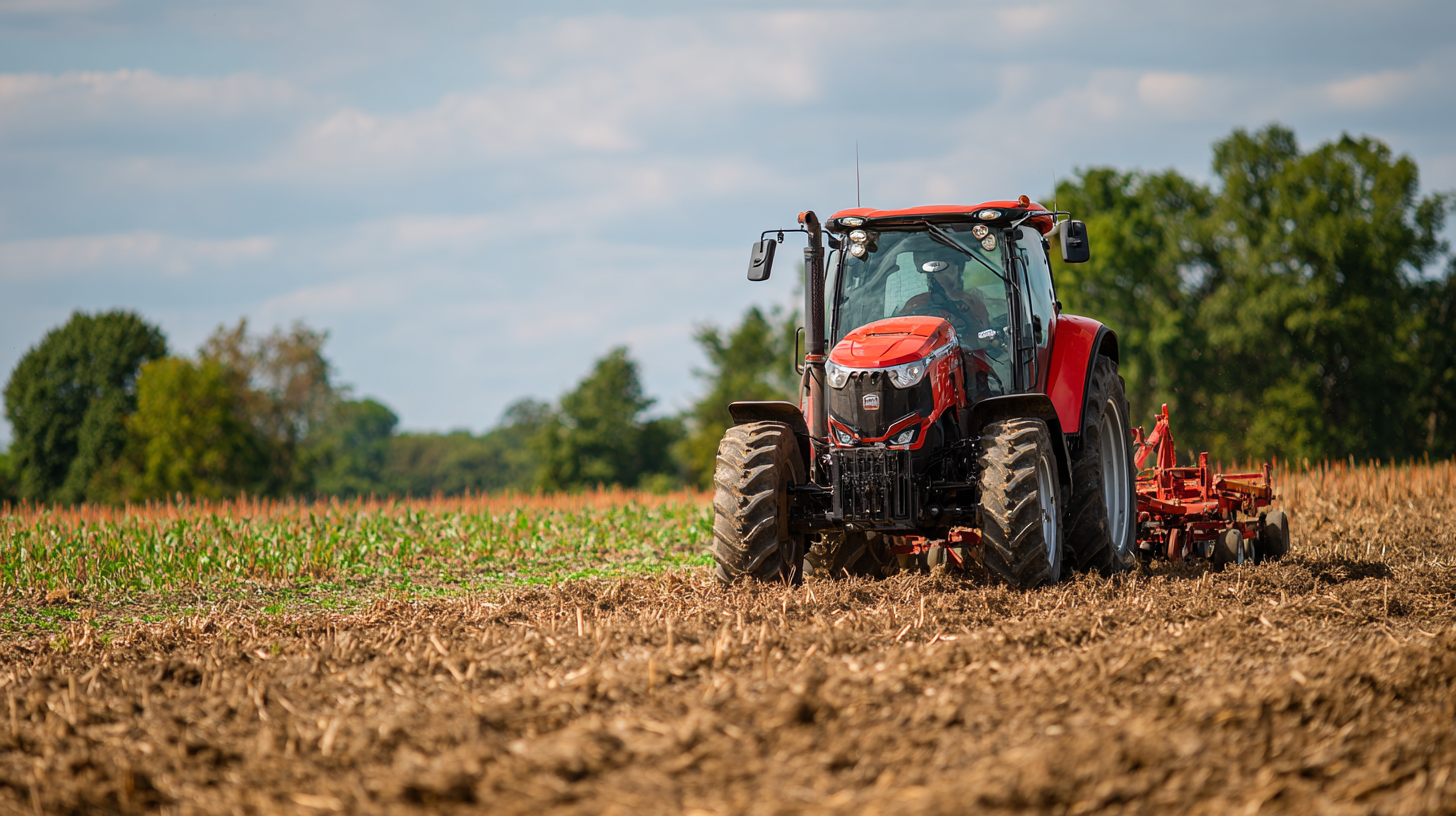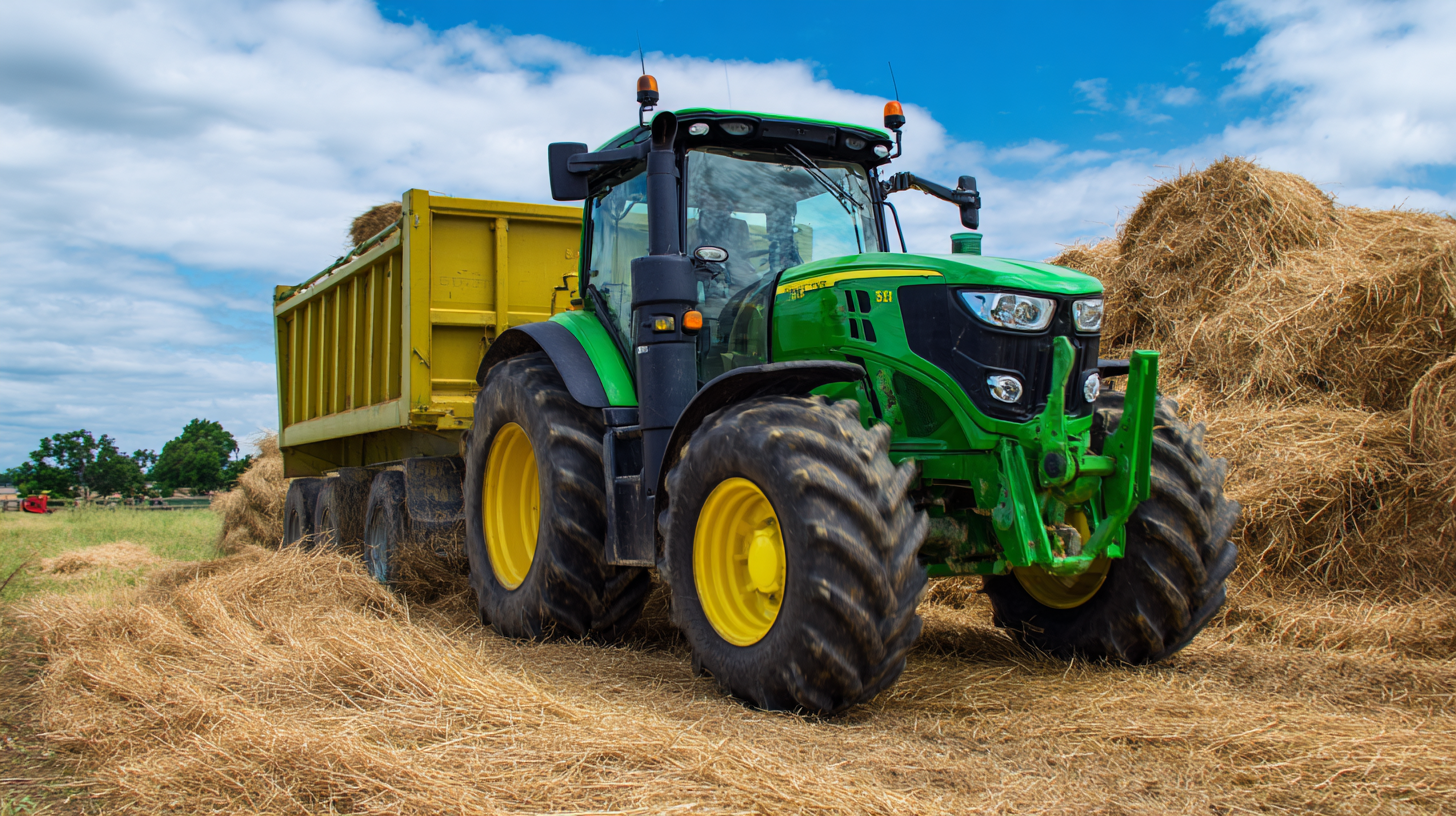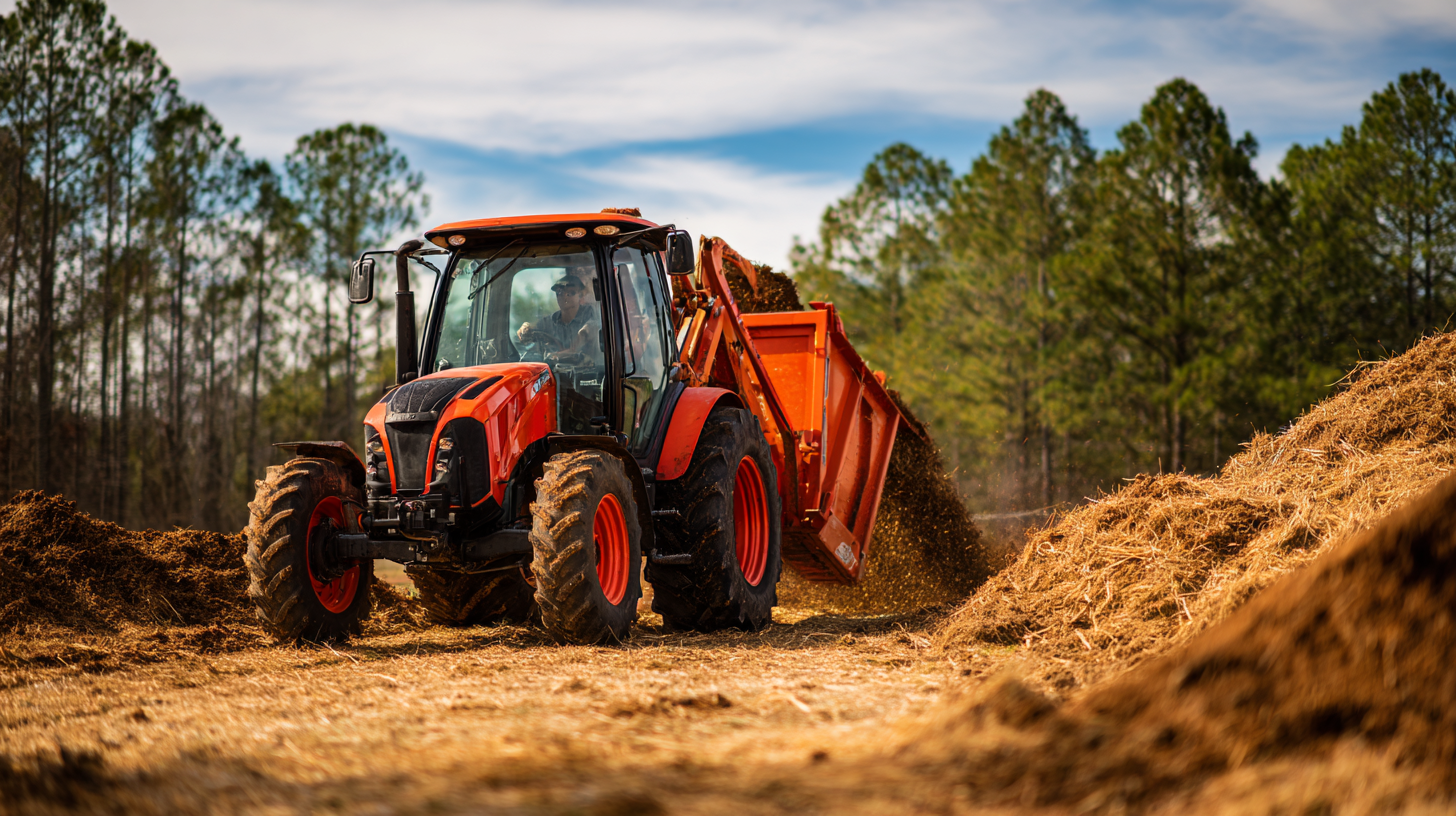In the ever-evolving agricultural landscape, the role of machinery has become pivotal in enhancing productivity and efficiency. Among the essential tools that farmers depend on, the small front loader tractor stands out due to its versatility and compact size. According to the American Farm Bureau Federation, effective use of modern equipment can increase farm productivity by up to 30%. Furthermore, the global agricultural machinery market is projected to reach $250 billion by 2025, with a significant portion attributed to small utility tractors, which are ideal for an array of tasks from planting to material handling. The growing demand for smaller, more efficient tractors evidences a shift in farming practices, emphasizing the need for machinery that can navigate tight spaces while delivering powerful performance. Consequently, understanding the features and capabilities of the best small front loader tractor is vital for farmers looking to optimize their operations and investment.

When it comes to enhancing farming efficiency, the best small front loader tractors are equipped with key features that set them apart from the competition. One of the standout attributes is their compact size, which allows for easy maneuverability in tight spaces, such as between rows of crops or around livestock barns. This agility is essential for farmers looking to maximize their productivity without compromising the quality of their work. Additionally, these tractors often feature powerful engines that offer a perfect blend of torque and horsepower, enabling them to tackle various tasks, from tilling soil to lifting heavy loads.

Another critical feature is the versatility that front loader tractors provide. With a range of available attachments, such as buckets, forks, and grapples, farmers can effortlessly switch between tasks, enhancing their overall operational efficiency. The user-friendly controls and hydraulic systems allow for precise handling, making it easier to manage tasks like digging, transporting, and loading materials. These tractors are designed with durability in mind, often constructed with rugged materials that can withstand the rigors of daily use in challenging agricultural environments, ensuring that they remain reliable partners in the field.
When it comes to selecting a small front loader tractor, horsepower and torque play crucial roles in determining its effectiveness and efficiency for farming tasks. According to recent studies, tractors with at least 30 horsepower are generally considered optimal for light to medium-duty applications, while those designed for heavier tasks may require upwards of 50 to 70 horsepower. This increase in power allows farmers to handle larger loads and tackle more demanding jobs with less strain on the equipment.
Torque, the twisting force that enables tractors to perform heavy lifting and towing tasks, is equally significant. A tractor that delivers high torque at low RPMs allows for better productivity, particularly when moving heavy materials like soil or machinery. Industry reports indicate that tractors with a torque rise of at least 20% are better equipped to perform under load, providing the necessary muscle for various agricultural tasks without compromising performance or fuel efficiency.
Tip: When choosing a small front loader tractor, consider the specific tasks you’ll be performing. If your farm requires frequent lifting of heavy materials, prioritize models that offer higher torque specifications. Additionally, it's beneficial to evaluate the tractor's weight distribution and traction capabilities to enhance overall performance and stability in the field. Always consult with equipment specialists for tailored recommendations that meet your operational needs.

When evaluating the cost-effectiveness of small front loader tractors compared to larger models, several factors come into play beyond just the purchase price. According to a report by the American Society of Agricultural Engineers, small front loaders typically cost 30-40% less than their larger counterparts, making them a more budget-friendly option for many farmers. Additionally, the operating expenses of these compact machines are substantially lower, with fuel efficiency often exceeding that of larger models by up to 20%, particularly in tasks that require less power and torque.
Moreover, maintenance costs for small front loader tractors are generally reduced. A study from the Agricultural Equipment Manufacturers Association indicates that smaller models require fewer parts and simpler repairs, translating to savings in time and labor. Farmers can expect to spend approximately 15% less on annual maintenance for small tractors, thereby enhancing their overall return on investment. The nimbleness and versatility of small front loaders also allow for quicker task completion in tighter spaces, which can translate into significant time savings on farms with diverse terrain. Overall, for farmers looking to maximize efficiency while keeping costs in check, small front loader tractors present a compelling choice.
Small front loader tractors have become an essential tool for farmers, not just for their size and maneuverability in tight spaces, but for the wide range of attachments and accessories that maximize their utility. According to a report by the American Society of Agricultural and Biological Engineers, almost 70% of agricultural tasks can be completed more efficiently with the right attachments. This includes everything from loaders and buckets to tillers and pallet forks, making small front loaders a versatile asset on any farm.
One of the most popular attachments is the front loader bucket, which can handle tasks like moving soil, debris, and feed. The National Agricultural Statistics Service notes that farmers using front loaders for such tasks can increase productivity by up to 30%. Additionally, specialized tools such as grapples and hay spears are vital for farmers with specific needs, allowing them to adapt their tractors for diverse applications. Implementing these accessories not only enhances the farming process but also helps in reducing labor costs and improving overall efficiency.
Small front loader tractors have emerged as crucial tools for modern farmers, significantly impacting crop yield and labor efficiency. Recent studies highlight that these versatile machines streamline various farming tasks, from soil preparation to harvesting, which not only enhances productivity but also optimizes resource use. By integrating advanced agricultural engineering technologies, these tractors help reduce operational emissions, addressing environmental concerns while improving performance.
Moreover, the evolution of harvesting technology reflects a shift towards more efficient equipment tailored to specific agricultural needs. Unlike traditional methods, which often required more labor-intensive approaches, small front loader tractors offer the agility and power necessary for diverse tasks across various terrains. Their compact design makes them particularly effective in orchards and smaller fields, where maneuverability is essential. As farmers continue to adopt these innovative tractors, the balance between increasing crop yields and reducing labor hours has become more achievable, marking a significant advancement in the agricultural landscape.